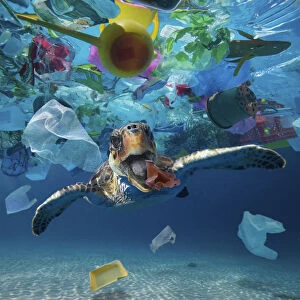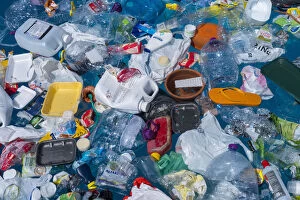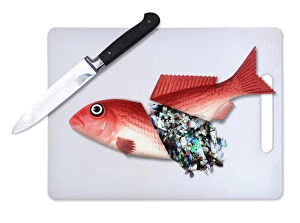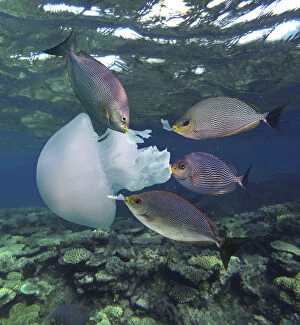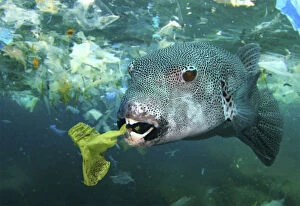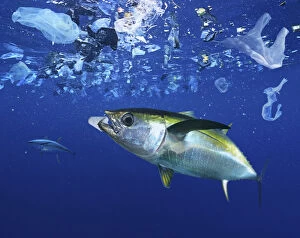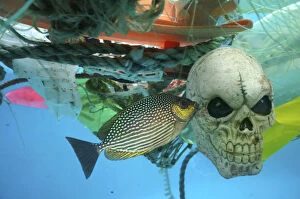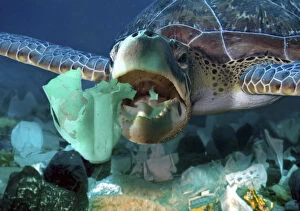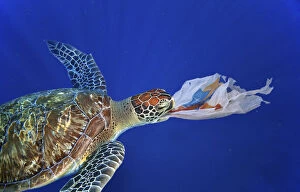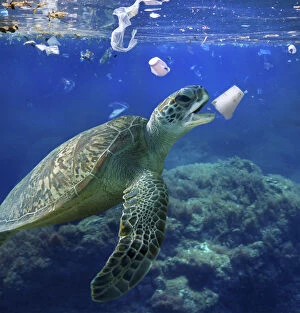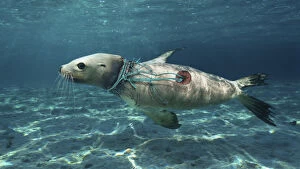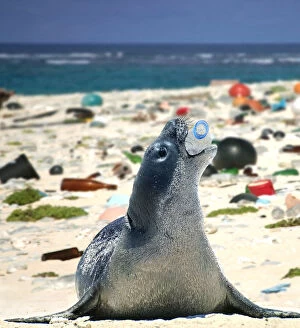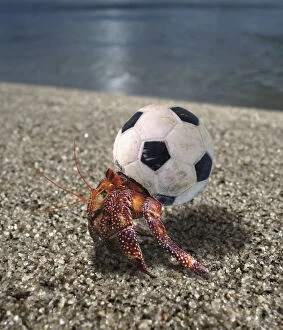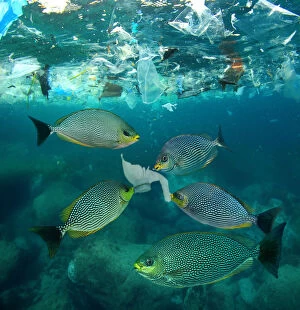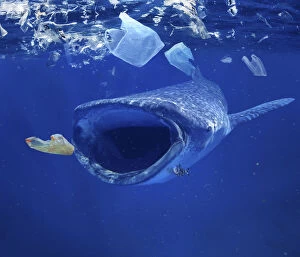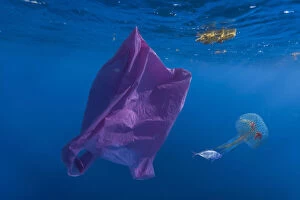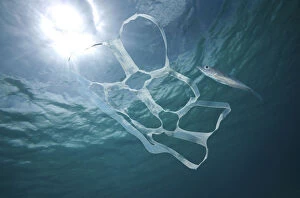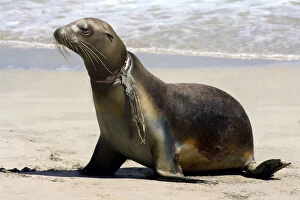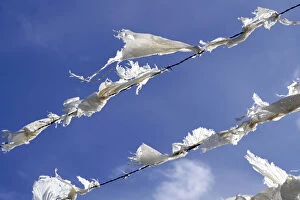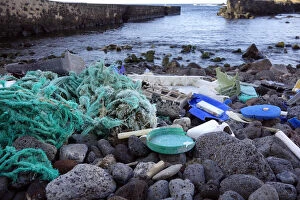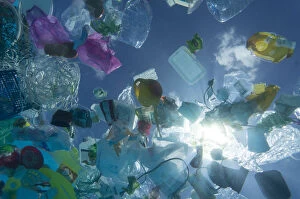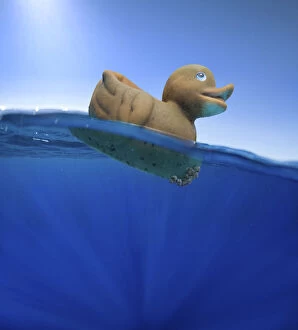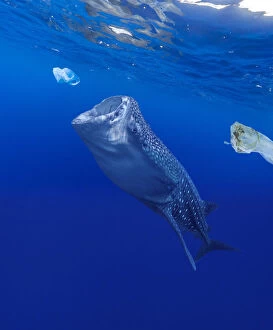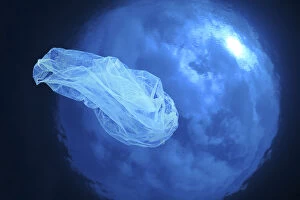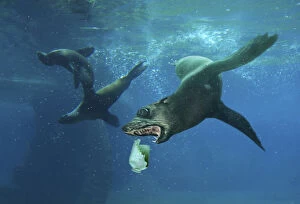Ghost Nets Collection
"Ghost Nets: Silent Killers of the Ocean" Picture No
All Professionally Made to Order for Quick Shipping
"Ghost Nets: Silent Killers of the Ocean" Picture No. 12479494: In this haunting image, a ghost net floats ominously in the deep blue sea, its invisible grip threatening marine life below. Picture No. 12479493: A tangled web of discarded fishing gear, these ghost nets continue to trap and suffocate unsuspecting creatures beneath the waves. Picture No. 12479496: As currents carry them across vast distances, these abandoned nets become deadly traps for marine animals who unknowingly swim into their clutches. Picture No. 12479488: The ocean's silent killers - ghost nets entangle not only fish but also dolphins, turtles, and other majestic creatures that call the sea their home. Picture No. 12479372: Once vibrant coral reefs now lie suffocated by ghost nets as they smother delicate ecosystems and destroy biodiversity. Picture No. 12020769: These derelict fishing gears are often left behind by careless or illegal fishermen, leaving a trail of destruction in their wake. Picture No. 12020767: With no one to tend to them or retrieve lost equipment, these forgotten nets continue to drift aimlessly through our oceans for years on end. Picture No. 12020766: The scale of this problem is immense; millions of tons lurk beneath the surface worldwide – an environmental catastrophe waiting to happen. Picture No. 12020758: Efforts are being made globally to combat this issue; organizations work tirelessly to remove and recycle these lethal snares from our seas. Picture No. 12020756: By raising awareness about the dangers posed by ghost nets and promoting responsible fishing practices, we can help prevent further devastation in our oceans. Picture No. 12020755: Let us remember that every piece counts – even small actions like properly disposing of fishing gear can make a significant difference in protecting marine life. Picture No. 12020754.


